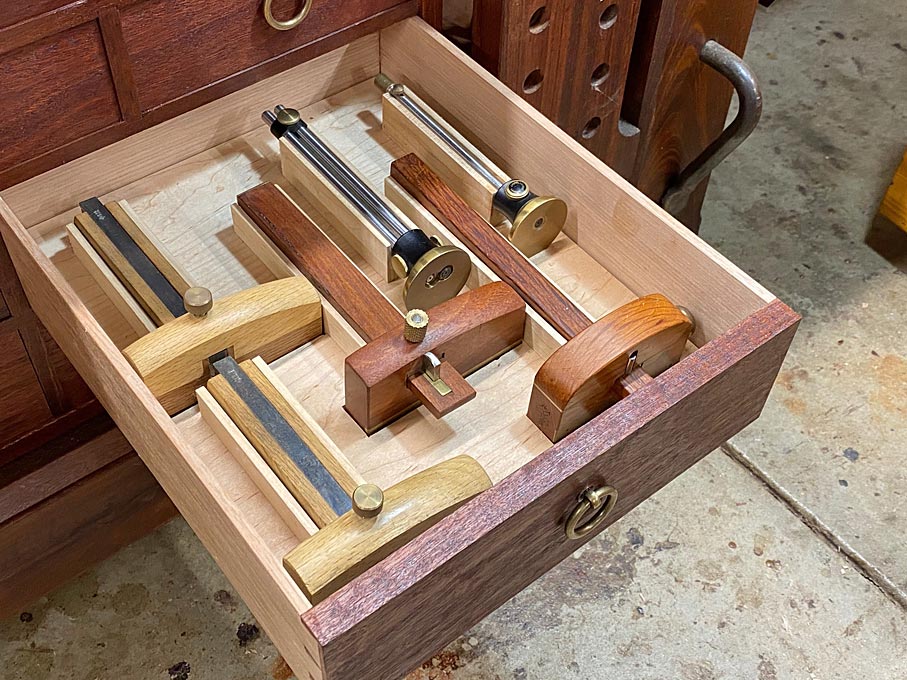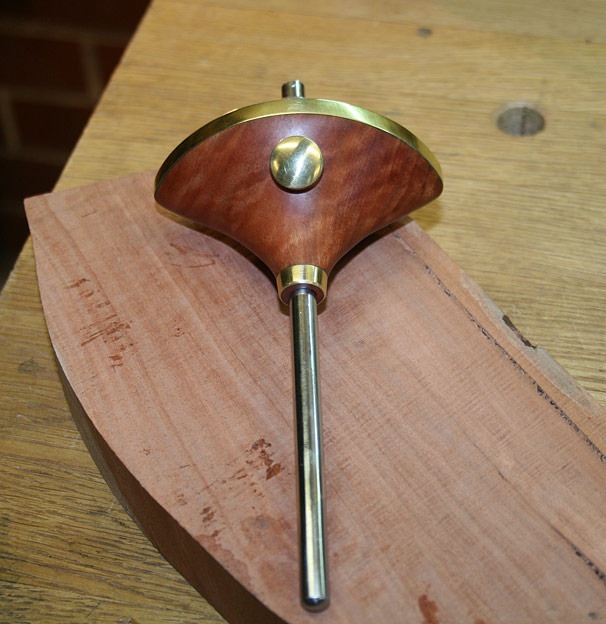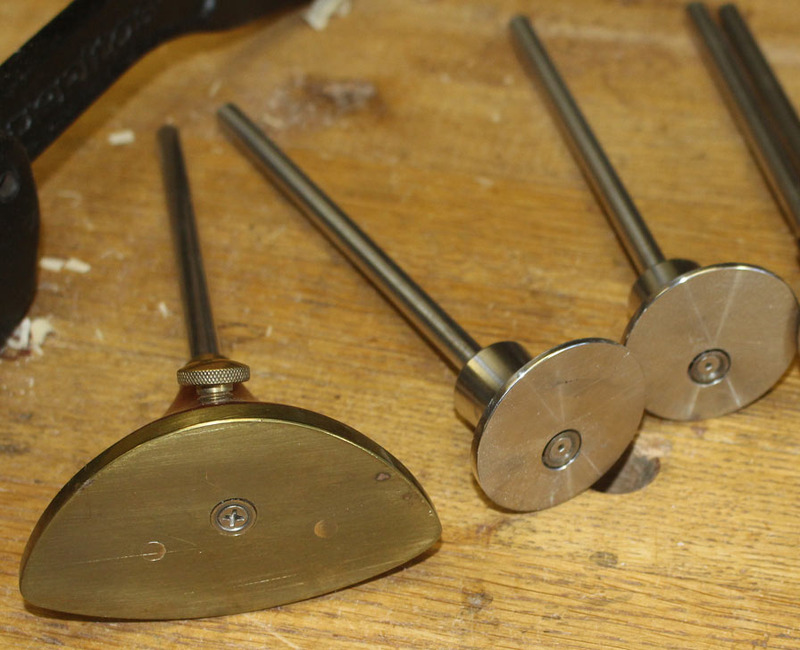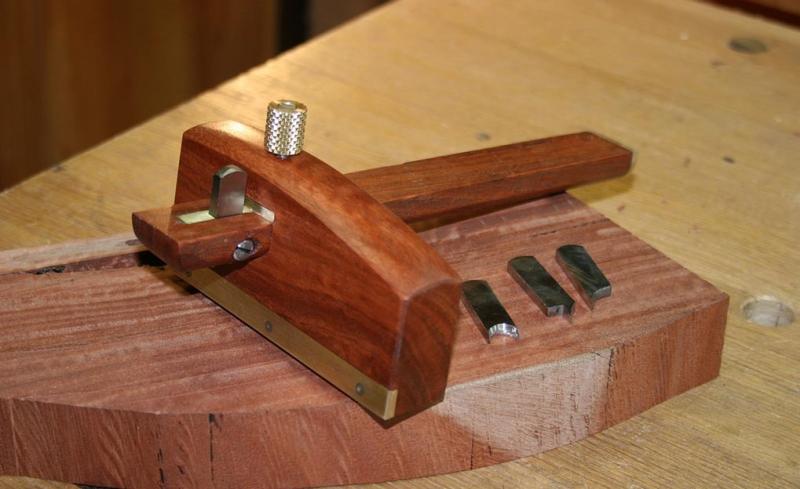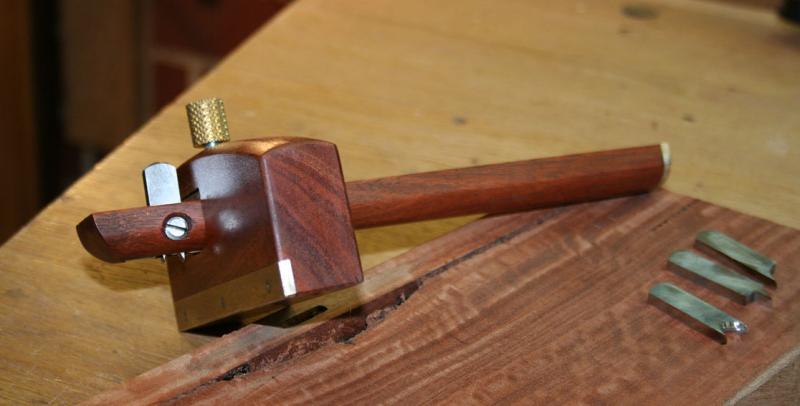Homeless Squirrel
Established Member
What's anyone's thoughts or own/have used them?
I see can have plain or inscribed imperial/metric plus they do a double one and others like model making etc.
Seen clone types out there often/mostly from our China types!.
Mind a few look interesting one where can see markings/measurements in an opening in slidey bit
I see can have plain or inscribed imperial/metric plus they do a double one and others like model making etc.
Seen clone types out there often/mostly from our China types!.
Mind a few look interesting one where can see markings/measurements in an opening in slidey bit


































